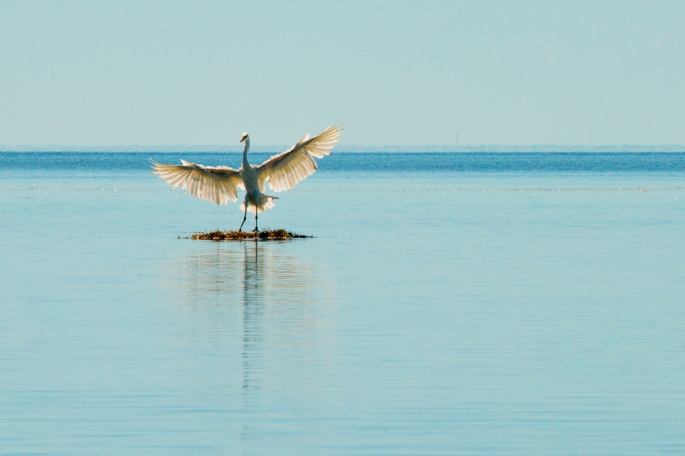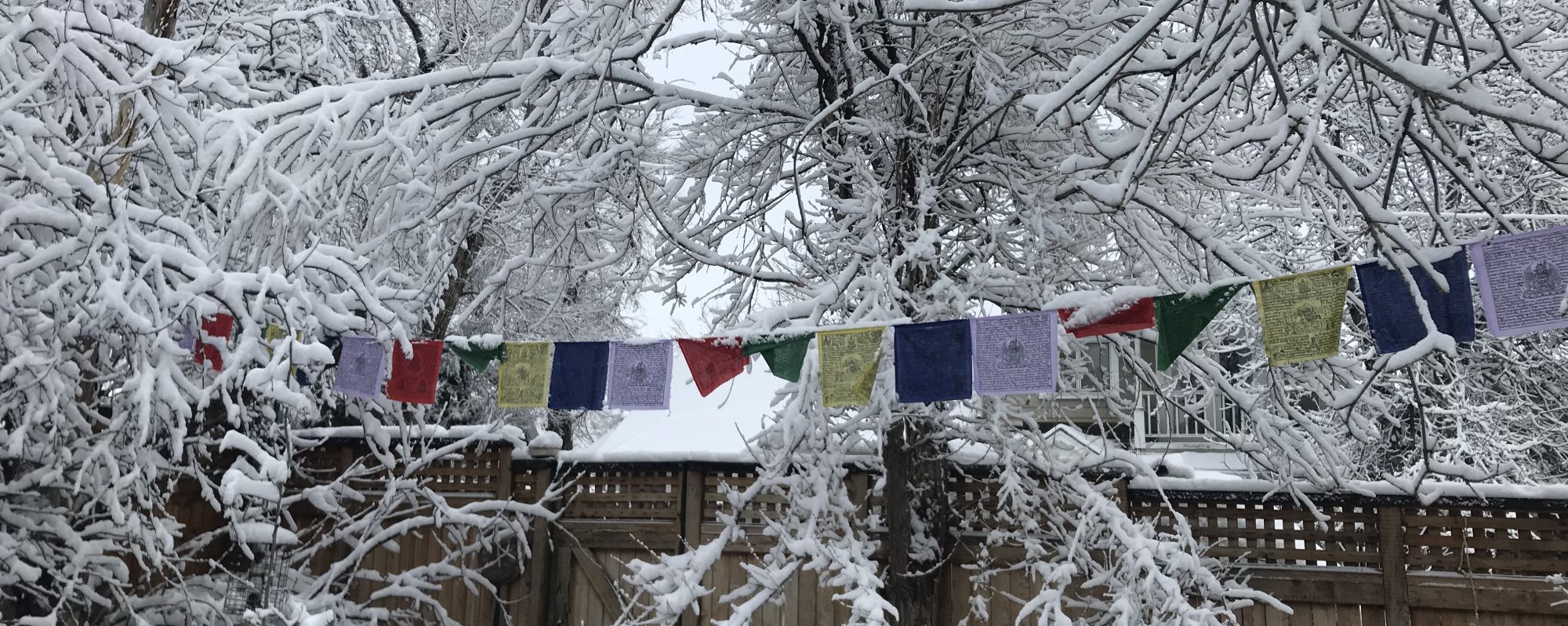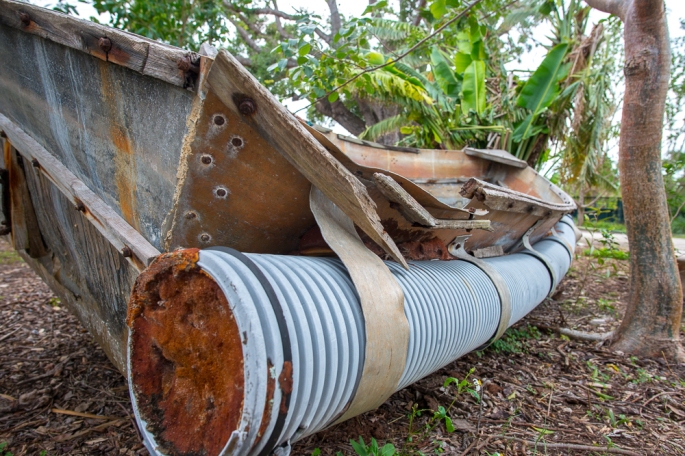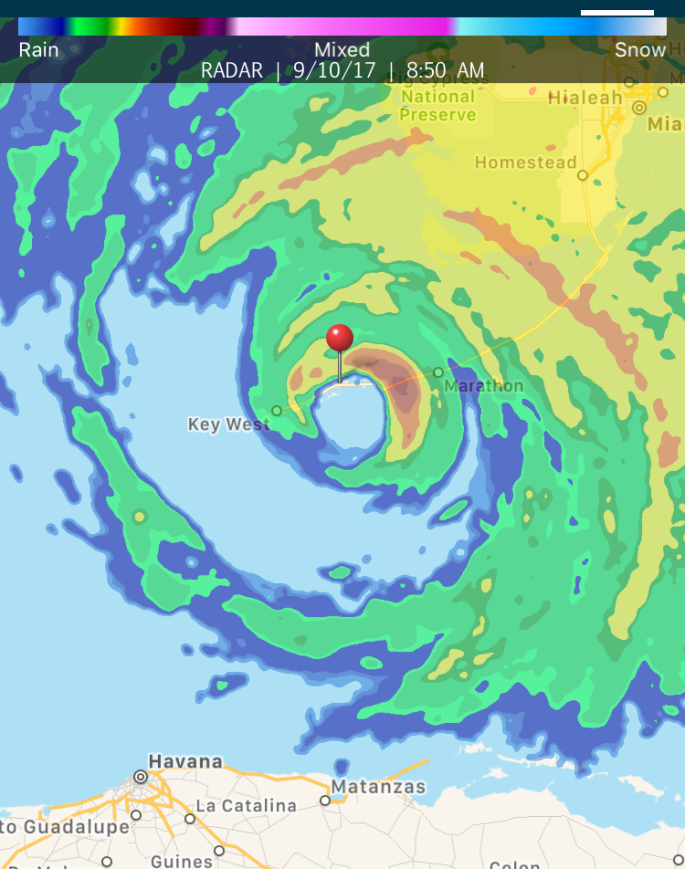One of our stories just came out in the Summer issue of National Parks Magazine. Hats off to the publishers, the folks at the National Parks Conservation Association who work tirelessly to preserve our open spaces — as well as to the hundreds of thousands of refugees and immigrants who have risked and are currently risking their lives to try to fill basic human needs and find a safe place to live with their loved ones. Read on to find out secrets about Dry Tortugas National Park as well.
Tag: photography
Destination Homer, Alaska…. (the other end of the road!)
We have decided that this summer is the time for an amazing road trip adventure! An adventure that we plan on documenting, from the beginning of the journey; motor home search and purchase, until the end; our arrival and time in Homer. We are not certain of the exact parameters of this project yet; maybe a travel book, maybe some sort of destination guide, or perhaps just a project that we enjoy while in Homer or on the way. I guess we will see, and we invite you to join us if you like.
Motor home search and purchase:
When we started to discuss our adventure, we were back and forth between our mode of primary travel and lodging. After having several lengthy discussions, debates, and agreements; we think that for us and our destination it will be best to drive a motor home. A motor home will afford us the comfort and stability of our own space, (won’t have to pack and unpack again and again as we would if we were car camping/ hotel staying), and we can centralize all of our asset’s and be mobile or static in a moment if necessary. (Unlike a travel trailer that we would have to “dock” and mobilize). Our mobility while staying at destinations will be an off road/ on road enduro motorcycle that will probably be in the 250-400cc range. Easy to carry on a hitch platform, very fast and easy deployment, and decent accessibility. This of course is in addition to our bicycles and long boards. Now that we have established that we want to acquire a motor home; we have been back and forth between a mini motor home, and a larger class c. We were looking at the Toyota models from the late 80’s into the early 90’s, but then we found out that my parent’s friend is selling a pretty sweet class c with two slide outs. As we mulled over the pro’s and con’s, it seems that the fuel economy is not a large difference so it really comes down to comfort and usefulness. The toyota models, although very attractive with their nostalgic and mini allure; are older vehicles with marginally powered engines that are most certainly going to need love to get them in top shape for a 6000 mile each way journey. Unfortunately; our day job work is extremely busy after the hurricane and I am a bit short on extra time to take on a project like this. (We have a “WRX wagon bugeye project happening as well as a “camper Boat” project so we need to slim down the roster. 😉 All of this taken into account, we are looking for a sweet class c that we can set up in for the long haul, comfortably, and carry our local transportation easily. We are looking for a class c with slides and we really need to find one for 15k or less. We will keep you posted on the friend of my parents, as it is a beautiful 30′ class c with two slides that is worth an easy 25k. The owner is selling it for 19k; still a little out of our range but we will see what happens….. (we emailed him asking for his best deal – we’ll let you know as soon as we know)
Merlin Migration
Every fall these fierce little flyers come back to the Keys, where they spend the winter, or just stop off for a meal before heading to locations further south. This one’s been hanging around for a week or so now, often pausing for a lookout on the Jamaican dogwood tree (the leaves are sparse, but returning nicely after hurricane Irma). Merlins eat the cute little songbirds mostly, and sometimes dragonflies. A reality check, but such is the cycle of life. When they are not here, they’re generally up in Canada for mating season.
Hurricane Irma, Tales from the Lower Keys
Photo: Radar of Hurricane Irma making landfall over the Florida Keys. The red pin is our house on Cudjoe Key. Phone screenshot was taken from our evacuation site in Sebring.
The trip odometer read 6,965 miles when we pulled into our driveway on Cudjoe Key. It was Sunday. We had just returned from an epic road trip that included traveling to Wyoming to witness the solar eclipse. Three days later, we pulled out of our driveway as evacuees. We never imagined that our tiny Key would soon be infamous as the epicenter of one of the most powerful storms on record.
The eye made landfall over our house, and 12 hours later hurricane Irma centered her eye over our evacuation site in Sebring, Florida. The aftermath is an experience to behold: the largest evacuation in our country’s history, millions without power, a swath of destruction, and a coming together of kindness and resilience.
We were fortunate to be able to return just a few days after the hurricane had passed, reporting for local media. Over the coming days, we will post some of these experiences, and the tales of those we meet along the way, as well as recovery resources for those living in the Keys. If you’re interested, please follow the blog and feel free to contact us: karuna@quixotictravelguides.com and steve@quixotictravelguides.com.
Sand Key Lighthouse
Oct. 1, 2016: The Sand Key Lighthouse 7 miles off of Key West is often full of seabirds, including pelicans, magnificent frigatebirds, cormorants and terns. The structure itself has been part of several amazing history tales, including an 1846 tragedy, when a hurricane obliterated it along with the keeper and his family. Today the snorkeling here is among the best in the Keys, thanks to its super-shallow structure and vibrant marine life. Often seen here is everything from sea turtles to parrotfish, barracuda to anglefish. Read about both in our Key West & the Lower Keys Travel Guide, available on amazon.com.
Rainbow to Nowhere
Sept. 24, 2016: We had spent a good part of the afternoon outrunning building thunderheads and dark walls of rain. The little skiff went about 80 miles that day, keeping us safe yet in suspense through building waves, miles offshore. When we made the final turn for home, an ominous rainstorm blocked our path. We’re going to just have to go through this one and finally take our punishment, we thought, as we prepared our gear for a deluge. But as we drew closer, the storm rapidly broke up, welcoming us home with a rainbow to nowhere. Any weather bugs out there know anything about this phenomenon?
Great White Heron
Sept. 10, 2016: The great white heron is a homebody. Out of the whole world, they choose to only live in the Keys and parts of the Everglades. Nearing 5 feet tall with 7-foot wingspans, they are the largest of all herons. There is still some scientific debate as to whether they are just a color morph of the great blue heron, but many are leaning toward them being a separate species, in part because they are larger than the blues, don’t share their propensity to migrate thousands of miles, and as John James Audubon pointed out in the 1830s, have decidedly more pointed tempers, at least  when forced into captivity. They can be distinguished from great white egrets by their yellow legs (egrets’ are black) and seen in the Keys wading and fishing near shallow-water mangroves, and especially in their namesake Great White Heron National Wildlife Refuge.
when forced into captivity. They can be distinguished from great white egrets by their yellow legs (egrets’ are black) and seen in the Keys wading and fishing near shallow-water mangroves, and especially in their namesake Great White Heron National Wildlife Refuge.
Blog post title
Sept. 17, 2016: Beautiful yet irritating, moon jellyfish live here year-round but increase in numbers as winds and currents usher them near the reefs and shore from late August to October. The part that stings are their tentacles, which are short, fortunately, and to most only leave a red, itchy-stingy splotch for a few hours. However inconvenient they may be to fall snorkeling, they are a primary food for the critically endangered leatherback and other sea turtles, sunfish and other fish including tuna. They are pretty chill creatures, literally just going where the flow takes them, but are a bit immodest — the clover-pattern in the center are actually its gonads. We saw this guy in the Key West National Wildlife Refuge west of town.







